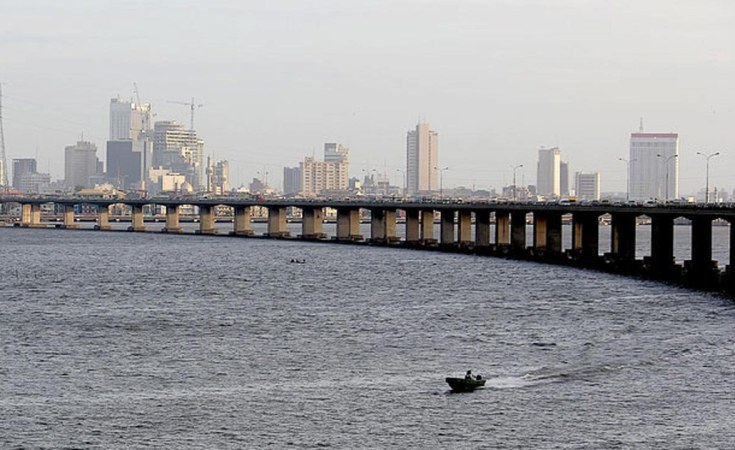The Federal government of Nigeria has announced plans to shut down the Third Mainland Bridge for six months starting from Friday, 24th of July 2020. For a densely populated city like Lagos, the major commercial hub for businesses in Nigeria, such initiative to begin rehabilitation of the busiest bridge in Nigeria, which conveys an estimated 200,000 vehicles daily may be seen as a positive venture that is largely ill-timed.
The Third Mainland Bridge is said to be the longest of the three bridges in Lagos State, the others being Eko and Carter bridges. It connects Lagos Island to the mainland and was built by Julius Berger Nigeria PLC in the 1970s. The bridge starts from Oworonshoki, links to Apapa-Oshodi expressway and Lagos –Ibadan expressway and ends at the Adeniji Adele Interchange on Lagos Island.
With this move from the government, business owners whose offices are situated on the Island fear that the rehabilitation of the bridge could impede business activities for the duration of the project. Businesses have only begun reopening after the lockdown restrictions brought by the COVID-19 pandemic which left so many companies in debt, affected the in-flow of revenue and jeopardize chances of maximizing profits.
At a time when the economy is still in its recovery state, the closure of the bridge will undoubtedly result in heavy traffic congestions across the city.
Workers could spend long hours in traffic resulting to increase in the cost of productivity and output level.
A populous and fast-growing urban area as Lagos shouldn’t be limited to transportation by road, other transport systems like the waterways and rail system should be leveraged by the government to effectively reduce the burden on the existing transport infrastructures.

